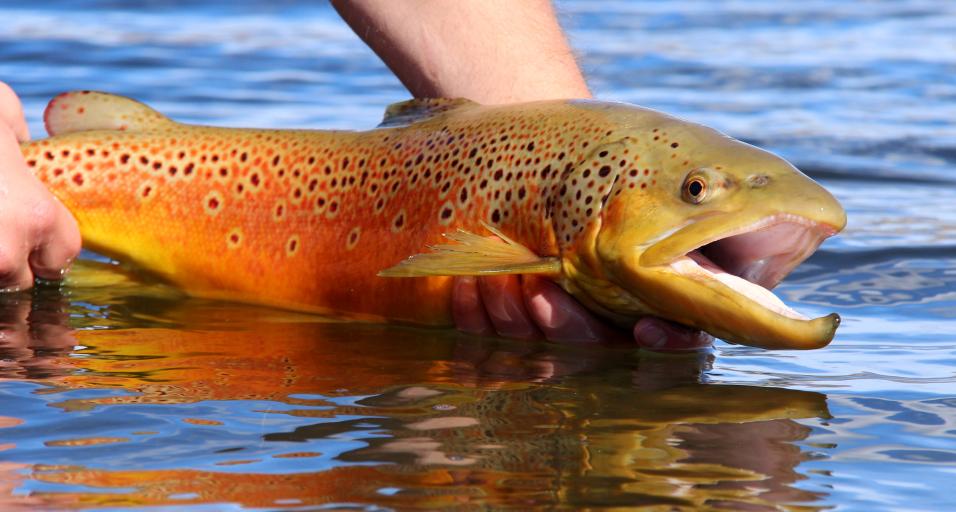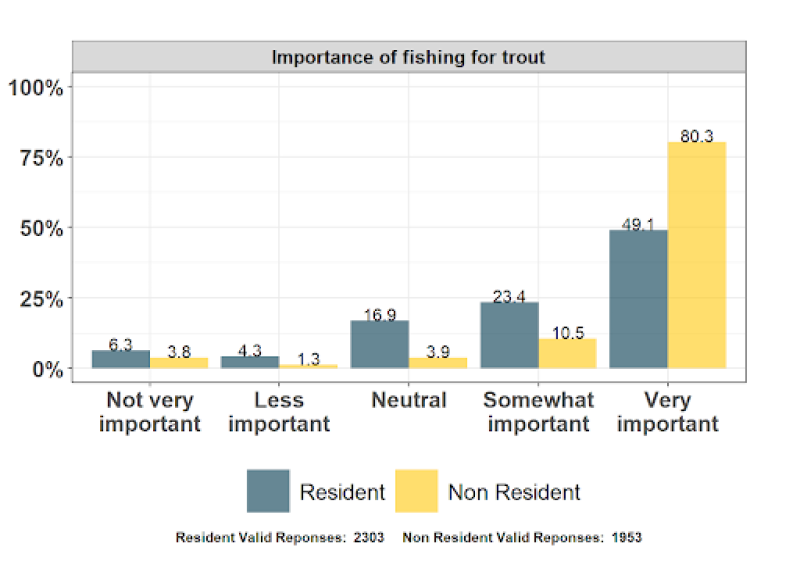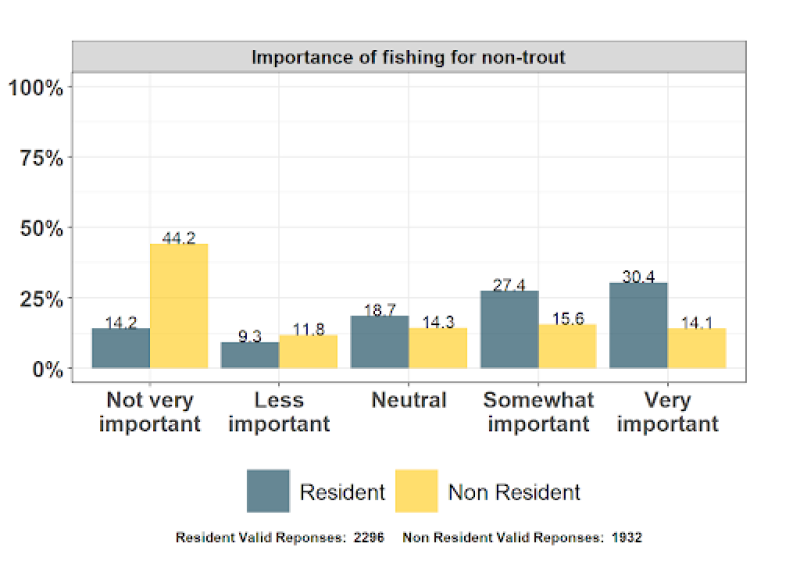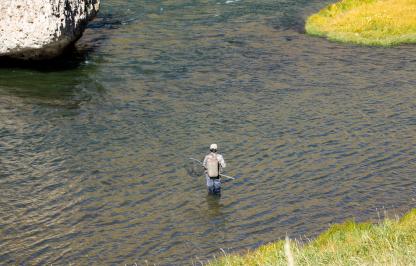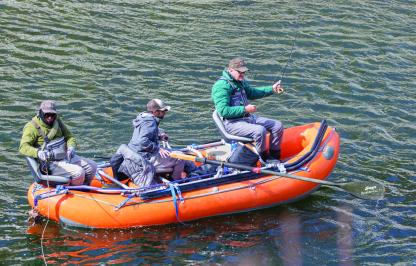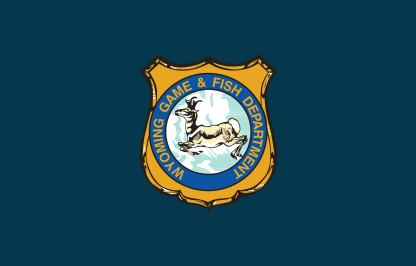Last fall an angler survey was conducted for Laramie Region fisheries. The survey aimed to gather information about targeted fish species, satisfaction with regional fisheries, and opinions on regulations and management of specific fisheries in the region. It was emailed to resident anglers who held daily, annual or lifetime Wyoming fishing licenses in 2023 and reside in the Laramie Region, along with nonresident anglers who held an annual fishing license in 2023.
Nearly 40,000 anglers received the survey, including anglers from all 50 states. Of those, the Wyoming Game and Fish Department received 4,342 usable responses, with residents and nonresidents each composing about half of the usable responses received. A usable response required the participant to have recorded that they had fished in the Laramie Region within the last five years.
“We want to thank everyone who took the time to fill out this survey,” said Stephen Siddons, Game and Fish fisheries biologist in Laramie. “We really appreciate all the responses, which will help us make future decisions about our regional fisheries.”
Fisheries biologists are continuing to analyze the survey data collected and plan to host an informational meeting to present the survey results and discuss local fisheries in the fall. Stay tuned for details on that meeting, where more results and possible management implications will be discussed. In the meantime here are a few preliminary results that may be of interest:
Unsurprisingly, the majority of survey respondents ranked fishing for trout as somewhat or very important. Both resident and nonresident anglers averaged a “somewhat important” or “very important” response for this question, but Wyoming resident anglers had a slightly lower rank of average importance to this question than nonresident anglers. This indicates that while Wyoming anglers value trout fishing, they also value a diversity of fishing opportunities, including for warmwater species such as walleye and crappie.
Anglers were more split on the importance of fishing for non-trout species. Wyoming resident anglers had a higher average rank of importance for this question compared to nonresident anglers, confirming that resident anglers value fishing opportunities for both trout and non-trout species.
Questions also investigated anglers’ desire to manage more waters for trophy fish. A majority of respondents were interested in having more waters managed for trophy fishing opportunities. Wyoming resident anglers' average level of agreement was lower for this question, perhaps indicating that having reliable fishing opportunities may be more important to resident anglers than chasing trophy fish.
These results and many more will be discussed at the winter meeting.

